How to Win at Chess – 10 Key Tips to Follow
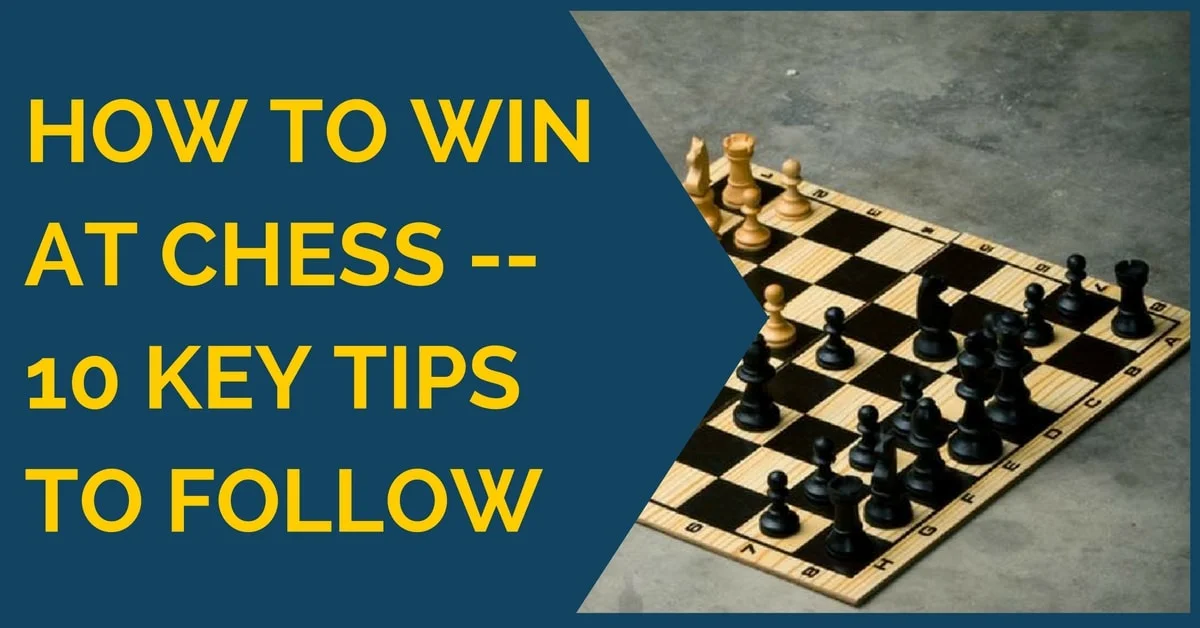
Winning at chess on under 1800 level is not as hard as it sounds. Outcome of most games is decided by serious mistakes or blunders. If you want to consistently win at his level, there are certain rules you need to follow and skills you should master. You don’t need to have an extraordinary talent, photographic memory or ability to calculate 10 moves ahead. Everything is much simpler. To win chess games you simply need to follow the ten tips given below.
1. How to win at chess: Learn to develop pieces quickly
Everyone tells you that opening knowledge is super important and to win at chess you must be a “theoretical player”. Indeed, you should have some idea of how to develop pieces. You should also have an understanding about how to proceed after those pieces are developed (depending on how much under 1800 elo you are). The key of any opening is developing pieces to the right squares, faster than your opponent. If you can achieve this step, it means you’re a leap closer to winning the game.
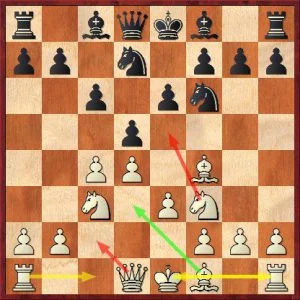
Winning Chess Strategy #1: Develop Pieces Quickly
2. How to win at chess: Castle early
Castling early is another very important key to winning more chess games. Castling is not only safeguards your king and transports it away from the center of the board. It also activates your rooks, prepares them for entering the game and controlling both the back rank and open files. It is the only move which allows improving two of your pieces at once! Learn to castle early in the game and that alone will help you to avoid many complications.
Some amateur players make a mistake of not castling, in favor of picking opponent’s pawns or developing other pieces. That often may lead to a strong attack against their king, and they pay a hefty price to recover.
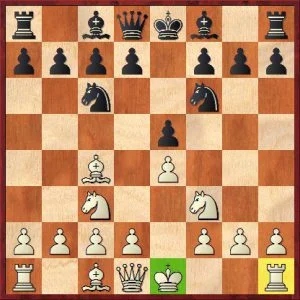
Winning Chess Strategy #2: Castle Early
3. How to win at chess: Control the center
Controlling the center is by far one of the most important chess strategies you can think of. Many beginners don’t realize what’s so important about controlling the 4 central squares: e4, d4, e5, and d5. In reality whoever controls these magic squares controls the game. The control of the center is closely related to one of the key chess concepts – the space. If you have more space it means you have greater ability to relocate pieces for attack and defense. That also means that your opponent is lacking that exact privilege and is at disadvantage.
Control of the center gives you something much greater than just an ability to relocate pieces at your discretion. Most importantly it provides an easy access for your pieces to both sides of the board, leading to a powerful attack, which in turn may translate into winning the game. If you are in doubt and don’t know what to play in any of your games, remember that controlling the center is typically the winning strategy.

Winning Chess Strategy #3: Control the Center
4. How to win at chess: Think more than one move ahead
Thinking one move ahead is sufficient for winning at chess, as long as you think only of the best move. Unfortunately, most chess players don’t know what move is the best. Therefore, they are forced to calculate few moves deeper to make sure they are taking into account all reasonable possibilities. You don’t need to calculate 10 moves ahead (although if you can, it is great).
You should try calculating 3 moves deep in all positions. That depth is adequate to avoid most of the tactics under 2000 elo players are facing. In fact if you always calculate 3 moves ahead, you will win many chess games!

Winning Chess Strategy #4: Think more than one move ahead
5. How to win at chess: Learn to pin, fork and skewer opponent’s pieces
The pins, forks and skewers win more chess games than all other chess strategies combined. That’s why it is important to identify those and quickly find even in complex positions. Here is a quick reminder of what the great 3 stand for.
Pin is a situation when an attacking piece is threatening to capture another piece that cannot move without exposing a more valuable piece. This is a powerful tactical element because it temporarily paralyzes an opponent’s piece, preventing it from fully participating in the game.
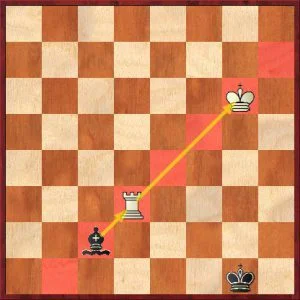
Winning Chess Strategy #5: Pin opponent’s pieces
Fork is a situation when more than one of the opponent’s pieces is being attacked by a single piece at the same time. It is a strong tactics because it often leads to loss of material, especially if it evolves a check.
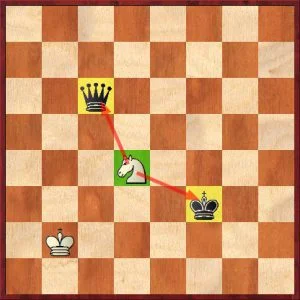
Winning Chess Strategy #6: Fork opponent’s pieces
Skewer is very similar to a pin, but contrary to a pin the positions of attacked pieces are switched. In a skewer a more valuable piece is attacked first. If it moves away, a less valuable piece will be exposed.
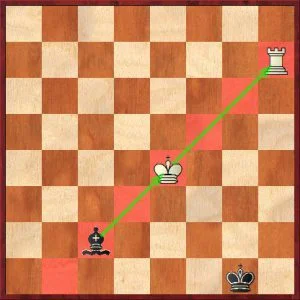
Winning Chess Strategy #7: Skewer opponent’s pieces
Practice finding those key elements in different positions and you will be on your way to start winning at chess!
6. How to win at chess: Keep all of your pieces protected at all times
Keeping your pieces protected is a very good practice. Amateur players disregard this very important rule and pay the price. Even if it looks safe to leave your knight hanging on the side of the board, you should think twice before doing so (although there are exceptions).
In chess, things rapidly evolve and it is very easy to miss tactics. One popular strategy involves combination of multiple checks leading to forking two of the hanging pieces on opposite sides of the board. In such case, they cannot be both defended and one eventually falls. If you want to win chess games, you should learn to keep your pieces and don’t give up something for nothing.

Winning Chess Strategy #8: Keep your pieces protected
7. How to win at chess: Preserve your pawn structure
Many players think that pawn structure only plays an important role in grandmaster games. It is not the case. If you pawn structure is weak, even on under 1800 level, you will be in disadvantage. Weak, separated or doubled pawns cannot defend themselves and require constant protection from other pieces. If pawns are not sufficiently protected, they will fall. And we all know that it is very hard to win at chess if you are 2-3 pawns down in King and Pawn endings. That’s not a situation you want to be in.
To avoid this grim scenario, always consider pawn structure changes when you:
– exchange pawns
– advance pawns
– exchange pieces
Healthy pawn structure is a huge plus not only in the endgame, but in middlegame as well. By not having obvious weaknesses, you will make your opponent’s job of compromising your position much tougher.

Winning Chess Strategy #9: Keep you pawn structure in good shape
8. How to win at chess: Always look for possibilities to attack
One of the common mistakes club players make, they are passive and don’t look for a possibility to attack. Even if you are defending, you should always search for a counter attack. It is much harder to beat a player which not just defends, but also plays active moves and create trouble for his opponent. You should build a habit to ask after each and every move “where can I attack” and “what are the weaknesses in opponent’s position”? If you want to win, you must learn to launch and execute attacks. It is not easy, but it will come with practice.
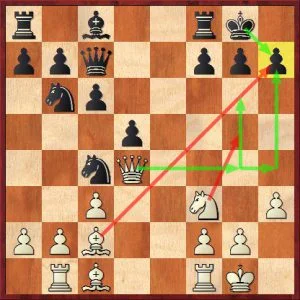
Winning Chess Strategy #10: Attack, attack, attack!
9. How to win at chess: If you playing black it does not mean you’re at disadvantage
Many club players think that if they play with black pieces they are playing to equalize, or in other words playing for a draw. It is somewhat true in professional chess. However in under 2000 chess, playing with black does not mean you are in a big disadvantage. Most games on this level are not decided by tiny advantages obtained in the opening.
As I mentioned earlier, the games are decided by difference in material, serious mistakes and big positional errors. Unless you are 2200+ rated, don’t worry too much about the color of pieces you’re playing. You have equal chances to win.

Winning Chess Strategy #11: With black pieces you should play for a win
10. How to win at chess: Learn to play forcing moves
Forcing moves are those moves which force your opponent to take action. For example if you check your opponent’s king, he must get out of check. Thus the check is a forcing move. If you capture opponent’s piece, he most likely needs to take it back. It is also a forcing move.
Why forcing moves are important in chess?
The forcing moves simplify calculation process, and therefore reduce uncertainty in the game. If you see how you can checkmate your opponent by constantly checking his king, it is much safer than if your combination does not involve forcing moves. It is much easier to keep things under control when you only need to calculate a single line. Therefore if you want to win at chess, you need to learn to identify the forcing moves and apply this strategy in your games.

Winning Chess Strategy #12: With black pieces you should play for a win
Now you know how to beat someone in chess!
Ready to start winning games? Check out our store and articles:




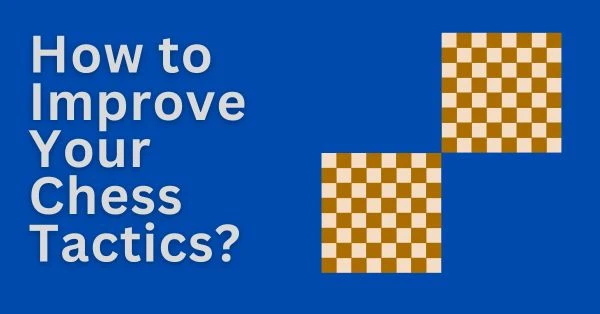
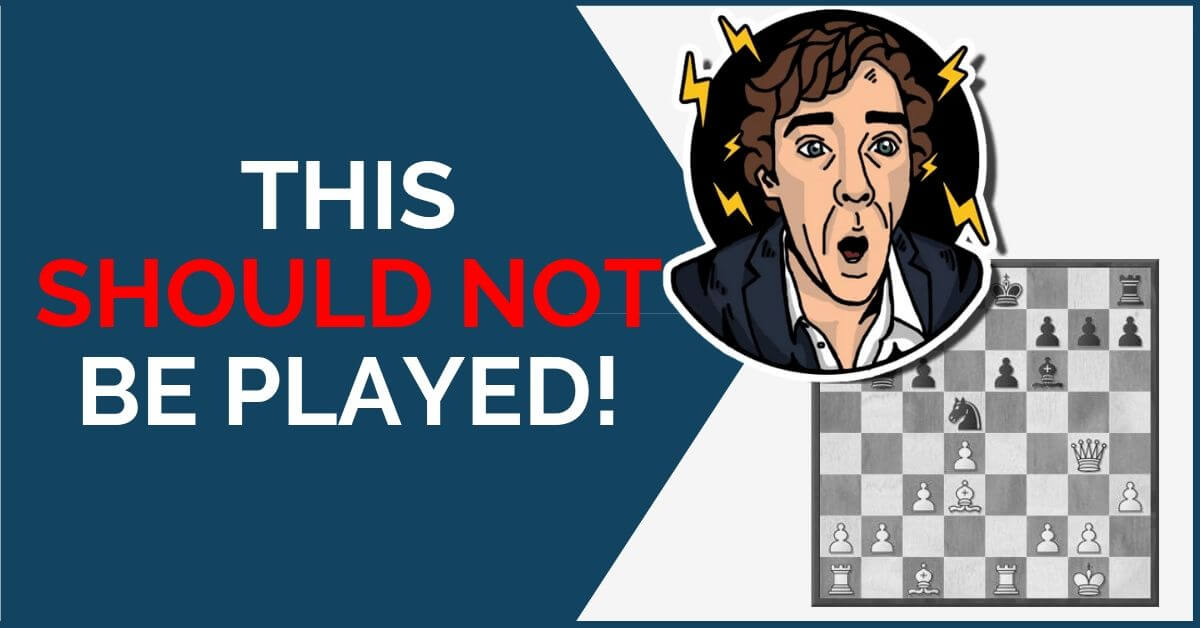




Comments: